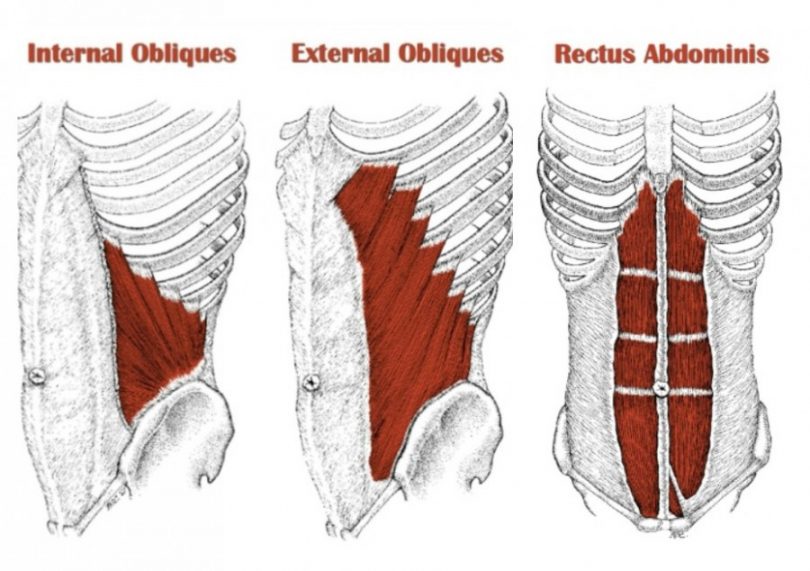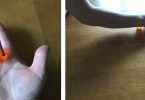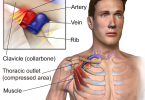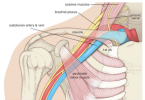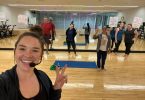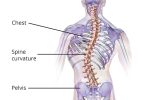The core muscles consist of two corsets: an inner and an outer. The inner corset has direct connections to the spine, and its contraction is crucial for low back stability. The outer corset does not have direct connections to the spine but acts to bend your trunk forward and twist it to each side.
The main muscle of the inner corset is the transversus abdominis. Its role is to compress the lower abdomen and tighten the lumbar fascia. The contraction of its lower fibres between the pubic bone and navel is crucial for low back stability. It does not bend, twist or tilt the trunk.
The outer corset muscles run vertically from breastbone to pubic bone and crisscross the abdomen, and they act together to bend your trunk forward and twist it side to side. These muscles do not give your back direct support. Overworking these muscles can cause them to become short and tight, flattening the lumbar spine and putting excessive pressure on your lumbar discs.
The inner corset muscles are used to support your lower back to prevent problems from happening – and only 10-25% of your maximum effort is needed to create proper support. They are more difficult to activate and can be weak if you always focus on the outer corset muscles.
How to activate your transversus abdominis (TA)
This is the easiest way to access your transversus abdominis and feel it activate. Kneel on a padded surface and use a cushion between your thighs and buttocks if kneeling is uncomfortable. You can also place a rolled towel under your ankles. If you still can’t get comfortable, you can use a chair.
Sitting in this position, have a neutral lumbar curve, your chest lifted and relaxed abdominal muscles. Breathe slowly and moderately through your nose, letting your ribs expand with each breath. Before your next inhalation, contract as if you are stopping the flow of urination. Maintain the contraction as you take two or three breaths. Now, relax the muscles.
You will know if you engaged the transversus abdominis if you felt your weight dropping onto your legs as you let the contraction go. If you felt this drop, you were engaging your buttocks and thigh muscles along with the transversus abdominis. Try again focusing on not lifting the pelvis up from the legs. You should feel a centralized lift in your core and mild activity in your lower abdomen and lumbar muscles.
This is the beginning of understanding how to engage your TA muscles, and you should not strive for constant contraction of your pelvic floor. You should be able to activate the TA independently of your pelvic floor.
If you find you do not have good TA activation, you should focus on TA exercises continuing with outer core muscle exercises.
By Gwen MacLean for Living Balance Clinic

